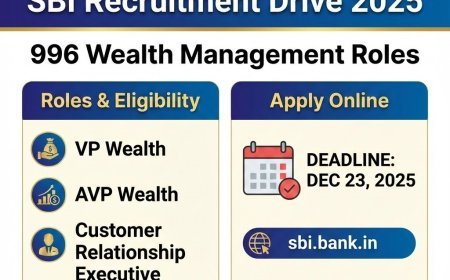NISM-Series-XV - Research Analyst Certification Exam - 44
NISM-Series-XV - Research Analyst Certification Exam - 44
Q 1. What is the market capitalization of the company in the given example?
a) Rs. 34 crores
b) Rs. 45 crores
c) Rs. 10 crores
d) Rs. 8.5 crores
e) Rs. 6.4 crores
Q 2. What does "Other expenses" in a Profit and Loss statement typically include?
a) Value of future obligation to be provided towards a revenue transaction
b) Core assets used or arising out of core operations
c) Expenses not separately disclosed, included as part of other expenses
d) Income from core operations or activities
e) Residual interest in a company belonging to the owners
Q 3. What is the status of a person deemed to be a "connected person" until proven otherwise?
a) Not considered a connected person.
b) Considered a connected person only during business hours.
c) Considered a connected person until proven otherwise.
d) Automatically exempt from insider trading regulations.
e) Considered a connected person only if employed by the company.
Q 4. What is the primary objective of Principal-Protected Notes (PPNs)?
a) To maximize returns
b) To provide high-risk investment opportunities
c) To protect the principal amount invested
d) To eliminate credit risk
e) To guarantee fixed returns
Q 5. What does a higher ROE indicate about a company?
a) It suggests poor quality of business.
b) It indicates poor liquidity.
c) It reflects efficient capital allocation and high returns.
d) It implies low profitability.
e) It measures short-term cash flow.
Q 6. What does Regulation 4 of SEBI (Research Analyst) Regulations, 2014, state about persons located outside India issuing research reports?
a) they are exempt from any regulations.
b) they must sign an agreement with a registered research analyst or entity.
c) they should directly apply for a certificate of registration.
d) they need to comply only with international regulations.
e) they are prohibited from issuing research reports.
Q 7. How does the National Income Computation serve as a valuable guide to policymakers?
a) By increasing interest rates consistently
b) By adjusting for inflation
c) By providing information on aggregate demand
d) By helping in taking the required measures to accomplish the desired goals
e) By focusing on changes in government policies
Q 8. Why do companies generally offer shares at a discount in a rights issue?
a) To decrease shareholder interest
b) To attract new investors
c) To dilute existing shareholders' holdings further
d) To discourage existing shareholders from participating
e) To incentivize existing shareholders to subscribe
Q 9. What does Regulation 20(1) require regarding facts in research reports?
a) Facts must be fictionalized for better engagement
b) Facts should be based on unreliable information
c) Facts should be based on reliable information
d) Facts are optional in research reports
e) Facts are excluded from research reports
Q 10. What is the top-down approach involved in market sizing?
a) Aggregating data from individual companies
b) Quantifying market size starting with macro-economic factors
c) Identifying potential growth avenues
d) Analyzing underlying secular trends
e) Assessing the revenue of all hospitals providing therapy
Q 11. According to Warren Buffett, what are the two sources of value in a business?
a) Revenue and Liabilities
b) Earnings and Assets
c) Expenses and Equity
d) Debts and Dividends
e) None of the above
Q 12. describe the role of a research analyst in a nutshell.
a) Financial advisor
b) Market trend predictor
c) Comprehensive company selector
d) Internal Investment Manager
e) Competition Landscape Analyst
Q 13. Which category in the BCG matrix represents business segments with slow growth rates and intensive competitive dynamics, resulting in low cash generation?
a) Stars
b) Cash Cows
c) Question Marks
d) Dogs
e) Market Growth
Q 14. How is Net Asset Value (NAV) different from book value or net worth of equity?
a) NAV uses the book value of assets
b) NAV is divided by the number of outstanding shares
c) NAV uses the market value of assets
d) NAV represents liabilities only
e) NAV is focused on market capitalization
Q 15. What is a key advantage to the issue of convertible debentures?
a) Convertible debentures usually have a higher coupon rate than pure debt instruments
b) Convertible debentures require the issuer to repay the debt on maturity
c) Convertible debentures do not dilute the stakes of existing shareholders
d) Convertible debentures pay interest income only after conversion
e) Convertible debentures usually have a lower coupon rate than pure debt instruments
Find More Mock Tests Here



